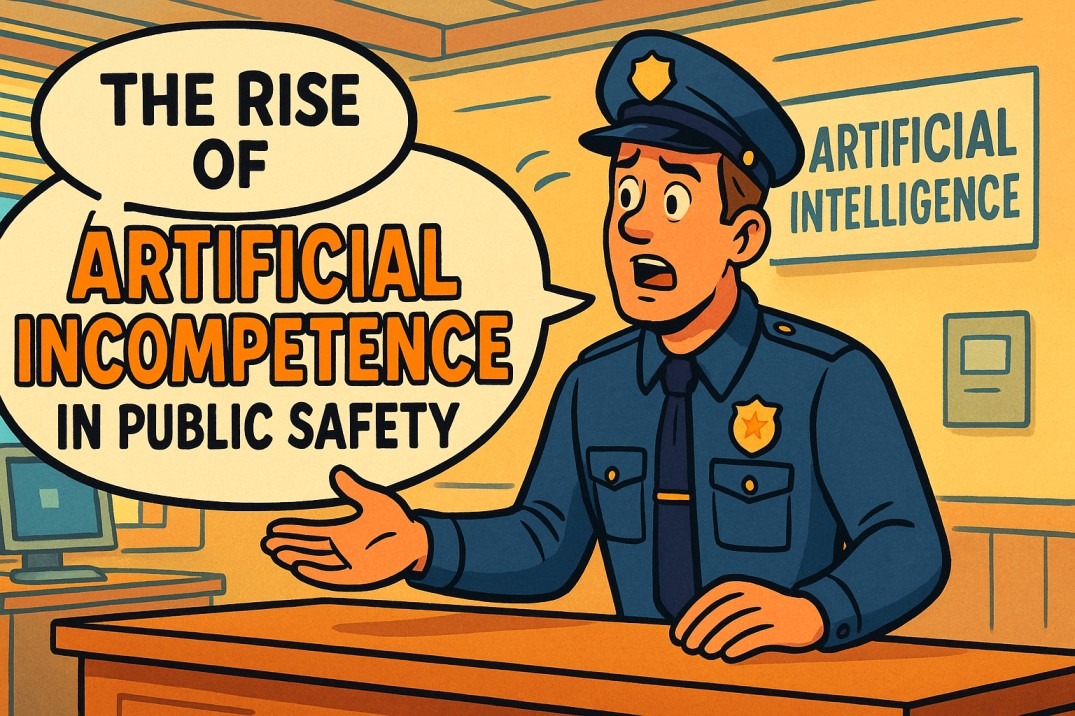
The Rise of Artificial Incompetence in Public Safety
Artificial intelligence (AI) has transformed various sectors, including law enforcement and public safety. However, an emerging concern among experts is the concept of 'Artificial Incompetence'—a scenario where technology fails to adequately meet the needs of its users, leading to inadequate service and mistrust. Rather than enhancing community safety, poorly designed AI solutions can create significant risks, exacerbating issues in customer experience (CX) and undermining public trust in law enforcement agencies.
The Importance of Community Trust
Community trust is a fundamental pillar of effective policing. When technology introduces inefficiencies or biases, public confidence erodes. Law enforcement agencies must focus on ethical AI integration to ensure that these tools enhance policing rather than complicate it. For instance, leveraging AI tools for predictive policing should not just be about deploying technology but also about transparency and accountability, ensuring that community members feel heard and valued.
Learning from Public Sentiments
By integrating community insights into policing strategies, agencies can better align their operations with public expectations. Community engagement programs are vital for fostering a dialogue that informs policy reform and policing tactics. This collaboration can lead to improved citizen satisfaction, which is essential for effective crime prevention strategies and enhancing overall safety. Community sentiment analysis reveals that people are more willing to support police initiatives if they see their input reflected in policing practices.
Embedding Ethical Standards in Policing Technology
The deployment of AI in law enforcement must be underpinned by strong ethical standards. This involves clear policies regarding data usage, ensuring that cybersecurity measures are robust to protect sensitive information. Ethical leadership in technology integration can serve as a guiding principle for achieving public accountability and trust. For example, police departments can engage in training sessions that emphasize not just technical skills but also the ethical implications of AI technology.
Practical Insights for Law Enforcement
Transparency is Key: Publish reports on AI tool performance and community impact.
Focus on Officer Wellbeing: Prioritize mental health resources for officers to reduce burnout.
Incorporate Community Feedback: Create platforms for community members to share their experiences with policing technology.
Looking Ahead: The Future of AI in Law Enforcement
The future of artificial intelligence in policing hinges on collaborative efforts that prioritize community needs. By fostering an environment of open communication and harnessing data-driven insights, law enforcement can innovate effectively while ensuring that public safety remains paramount. The potential for AI to contribute to improved emergency response and crime reduction is considerable, provided that ethical considerations are kept at the forefront. As we advance, striking a balance between technology and human responsiveness will define the success of public safety initiatives.
To enhance the interaction between communities and law enforcement, policymakers and law enforcement leaders must embrace a proactive approach. Harness the insights shared here to foster public trust and elevate the effectiveness of your agency’s operations today.
 Add Row
Add Row  Add
Add 

 Add Element
Add Element 


Write A Comment